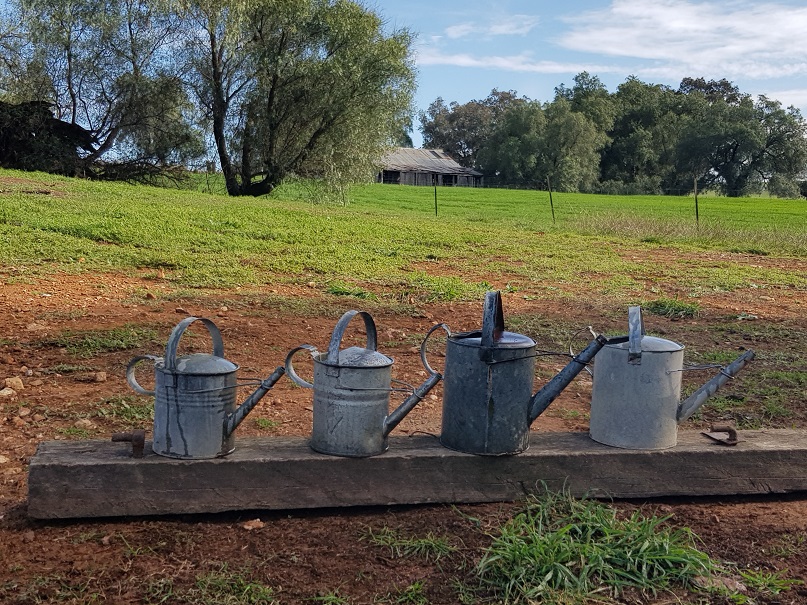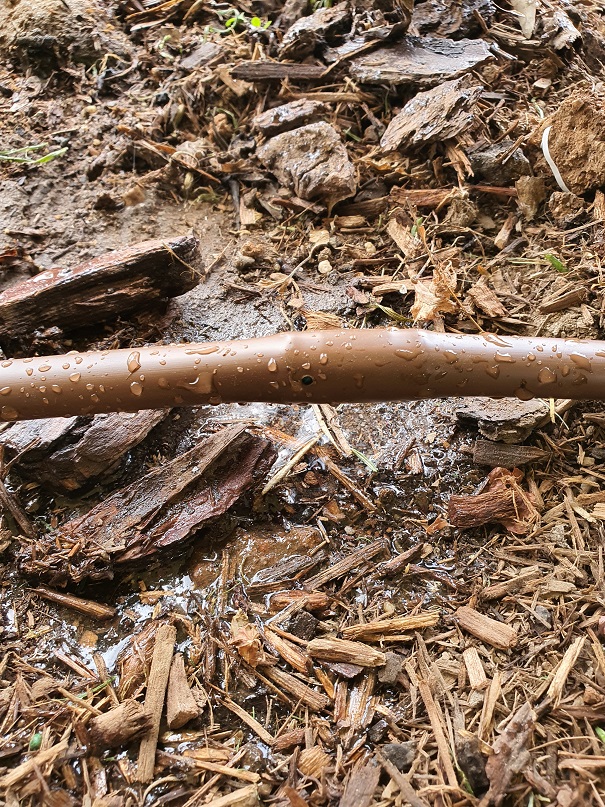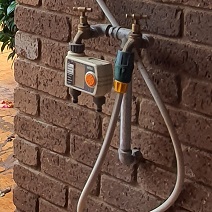
08 Jun Watering Your Garden in Winter
With the cooler weather your garden definitely does not need as much water in winter as it does in summer, as it will not be losing as much water to evaporation.
During winter we also get more regular rain fall, foggy mornings, heavy dews and lower temperatures. These conditions lull many gardeners into a false sense of security and they tend to forget to water their gardens and will turn their irrigation systems off completely. However if we are having bright blue skies and sunny days through the cooler months with windy conditions the beds and potted plants will begin to dry out. The wind really can be the main culprit for drying out beds and pots at this time.
Monitoring the moisture level in the soil and working out exactly how much water the garden will need can actually be harder during the winter months than it is in summer. Even deciduous plants although they are dormant they are still functioning with their basic metabolic systems therefore they will still require some watering for their day to day processes..

Here are some general tips I would suggest you follow through the winter months to ensure your garden doesn’t dry out;
- Irrigation systems can be cut back in frequency and timing however continue to run your irrigation system even just for five - ten minutes a week or fortnight to ensure some moisture is seeping out to the garden beds. This will also help ensure the pipes don’t get blocked up and all parts in the system remain working properly.
- Hand water your garden in the mornings so the soil and foliage will have time to dry out before the evening.
- When hand watering try to keep the water off the foliage of the plants – mainly watering the soil will help prevent the water from sitting on the foliage of the plant where it could attract fungal disease.
- Watering plants before an expected frost will help them survive the frost.
- On a separate note watering your indoor plants may also change through the winter months, as if you use any indoor heating or fireplaces the additional heat will cause the plants to dry out quicker. Some indoor plants won’t enjoy the temperature fluctuations as much as others.

- Get to know your soil moisture by feeling it yourself – push your index finger down into the soil to your second knuckle and see if it feels moist. If you are unsure of using this method you can purchase a soil moisture probe to give you an accurate picture of your soil moisture.
- Develop an understanding of what sections of your garden need more watering than other section and what plants prefer to be more moist through winter than others.



